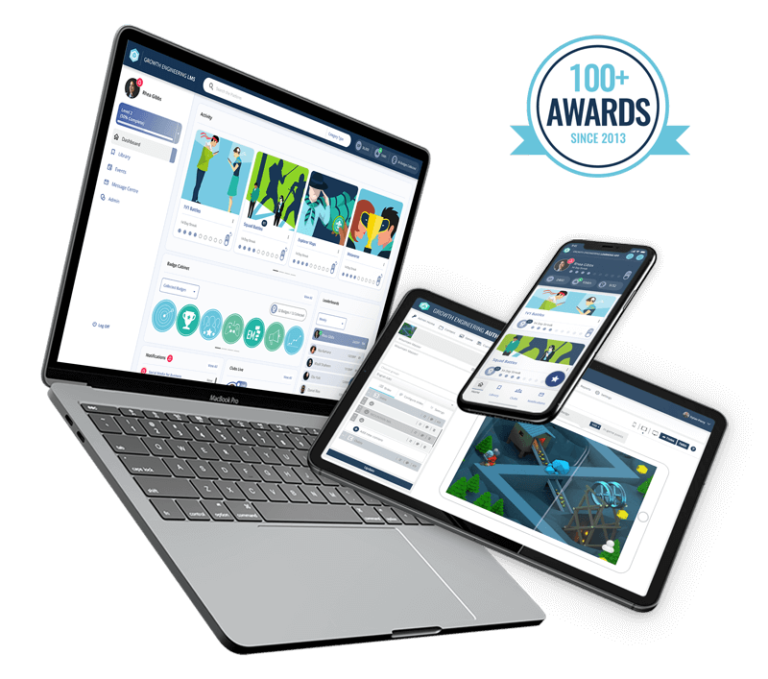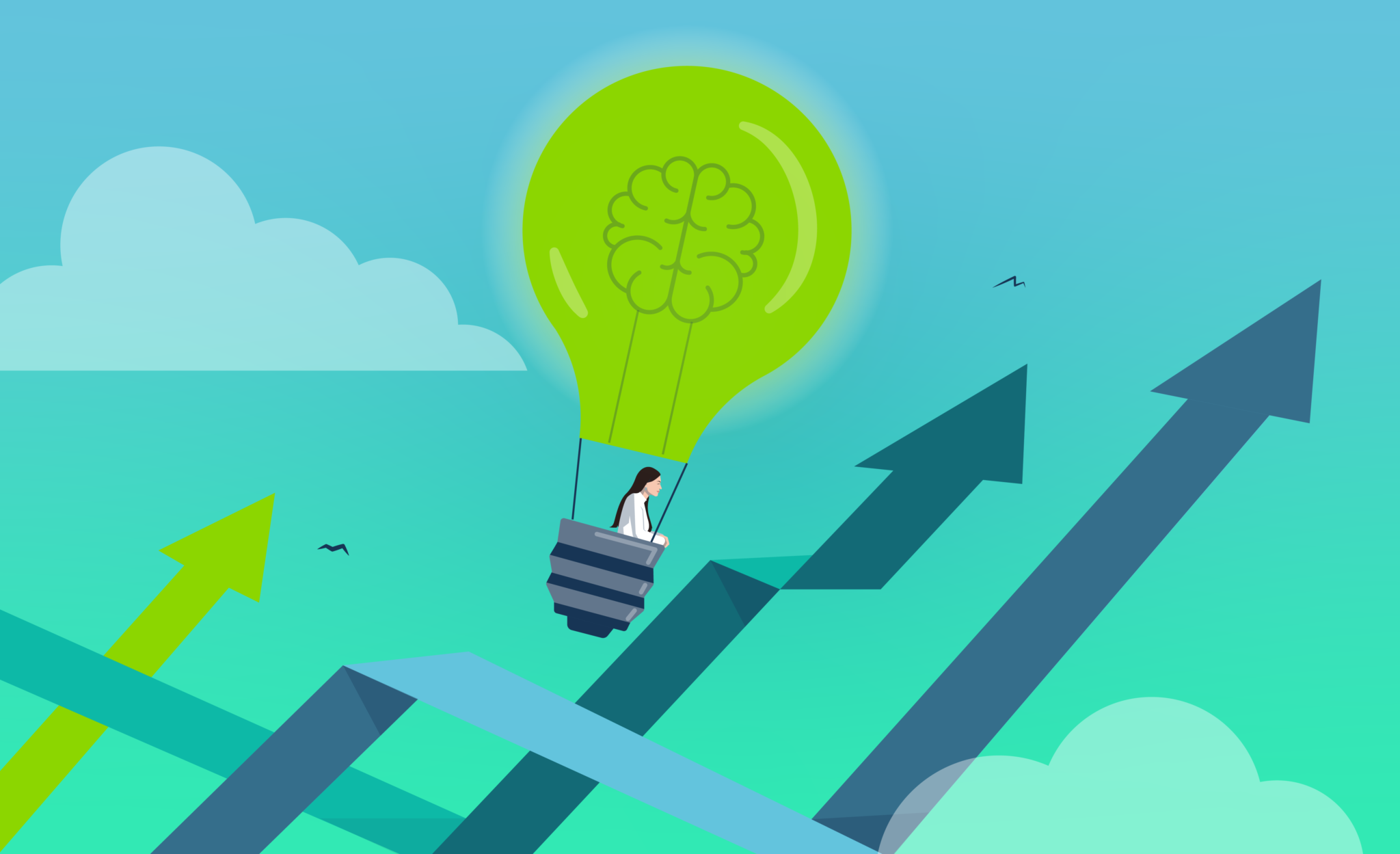Everyone and everything has unique needs. Some of us have unique diets. Some plants can only grow in certain conditions. The same applies when it comes to learning. Luckily there’s a way to cater for your audience’s unique learning needs — this is where adaptive learning comes in.
But what is adaptive learning? Lots of people are talking about it, but not everyone fully understands it.
Adaptive learning programmes are initiatives that adapt to a learner’s needs and interests until it’s just right for them.
This approach has been around for over 60 years, not only in classrooms but in business too. Naturally, it’s transformed over time and can be seen in a much wider variety of applications today.
In this article, we’ll take a closer look at adaptive learning, and why it’s making such a big impact in the world of L&D. Let’s go!
What Is Adaptive Learning?
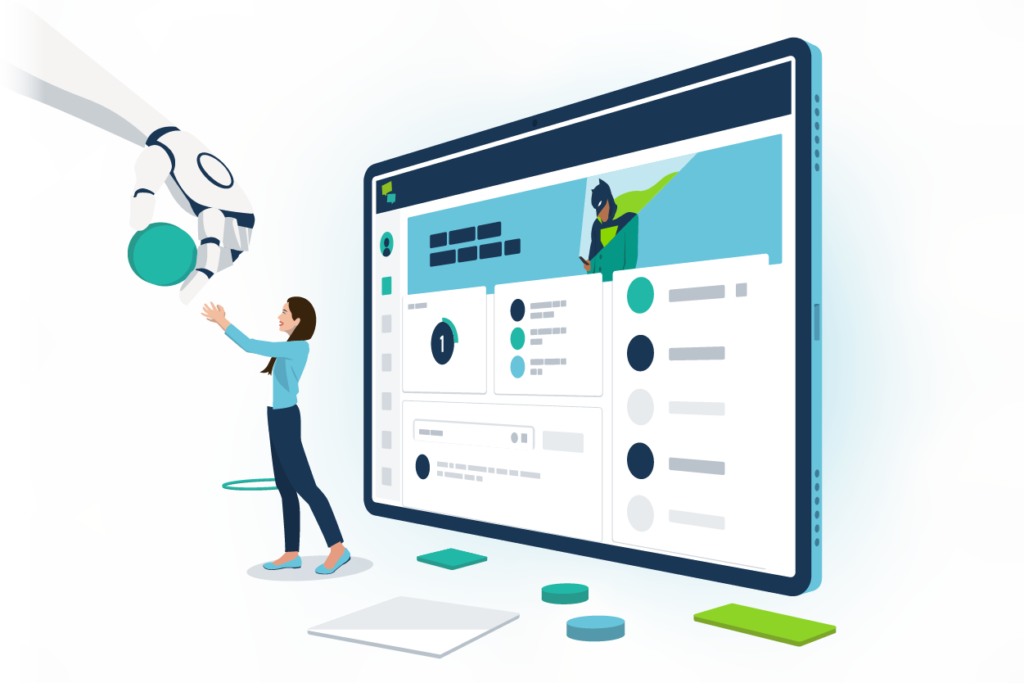
As with almost anything, everyone has their own definition of what adaptive learning really is! However, we like this definition by Training Industry:
“Adaptive learning is an instructional methodology that is designed to adjust to the needs of individual learners. Through a variety of techniques, adaptive learning technologies develop a baseline assessment of each individual’s knowledge, and then present subsequent learning that is personalised to the needs of each learner.”
In an adaptive learning solution, the system can keep track of everything that the learner is doing. It’s clever enough to analyse their actions so it’s able to adapt the training to better suit that individual.
For example, it’s able to guide a learner onto a path with learning materials that are most relevant to their job role.
Where possible, the process is automatic. But don’t assume that it puts L&D professionals out of a job! It still requires a fair amount of human input.
After all, someone needs to design the pathways and the triggers — not to mention the content itself. You need to have materials ready for every scenario or branching path, so that the system can push learners towards them.
As such, adaptive learning is a branch of the much wider area of personalised learning. What makes adaptive learning unique is that it’s focused on how you use technology to personalise learning. And the first instance of this dates all the way back to the 1950s.
History of Adaptive Learning
B.F. Skinner is the man behind adaptive learning. He was an American psychologist and social philosopher.
He was a key contributor to behavioral learning theory, which focuses on how conditioning determines our behavior. In fact, some elements of behaviorism cross over into his adaptive learning methods.
Skinner devised a ‘teaching machine’ that aimed to teach learners new ideas instead of just repeatedly going over the same content. For example, if a learner answered a question correctly, the machine gave feedback and positive reinforcement.
On the other hand, if it was answered incorrectly, hints were given rather than pushing them to try a question again. In other words, the technology adapted to the user input to help improve the learning experience. Research shows that hint feedback actually encourages enhanced problem solving and better performance!
Adaptive learning then continued to develop over time and really made waves during the artificial intelligence (AI) movement in the 1970s. AI adapts and studies through learning algorithms so that eventually the data itself is able to do the programming.
What About Now?
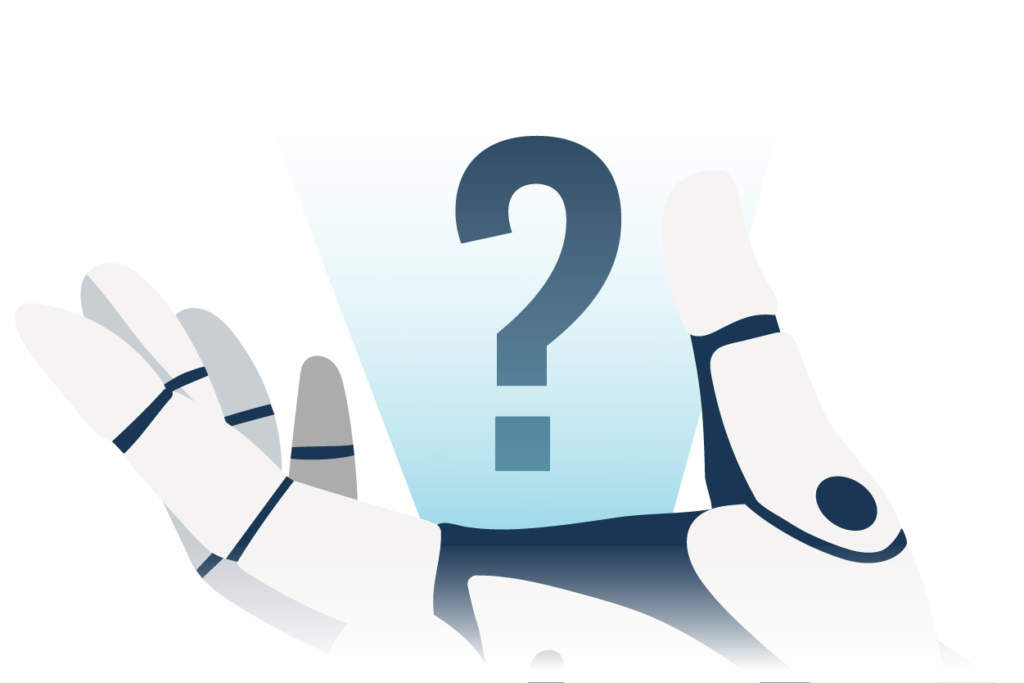
Fast forward to now and these principles have been taken and applied to various fields outside of education.
Have you ever wondered why your Netflix or Spotify seems to really understand what you’re interested in? The programme learns from your download and purchase selections to curate an experience adapted just for you.
This also works on today’s learning solutions. Legacy learning management systems (LMS) were known for being controlled by the admin and dictating what content learners had access to.
However, newer models and platforms like learning experience platforms (LXPs) mirror interfaces like Netflix and push AI-driven recommendations.
Now that we’ve learned how it came about, let’s take a closer look at what adaptive learning entails!
How Does Adaptive Learning Work?
Adaptive learning uses pathways and algorithms to adapt training for each learner. The system determines the best possible intervention for the learner given any number of actions they might undertake.
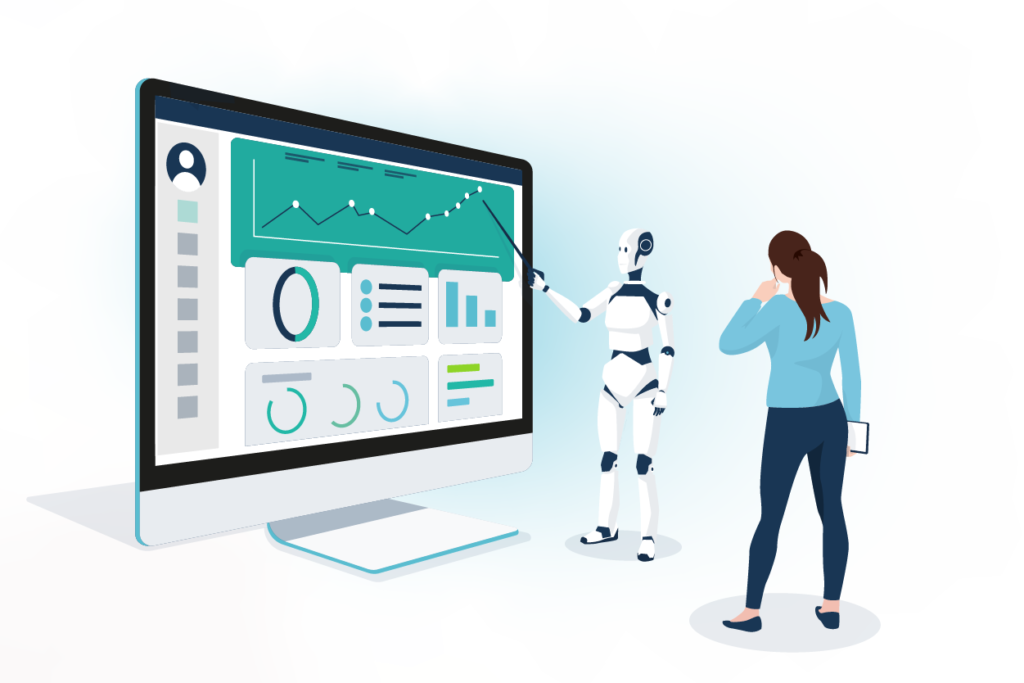
For example:
- If the learner takes a test, the algorithm can adapt their training plan according to the answers given.
- If a learner performs poorly on certain questions, it can trigger the system to push content to the learner that they need to revise.
- Furthermore, overall test performance could determine which learning path they’ll be directed onto.
More advanced systems can even step in during content. For example, it might detect that a learner is spending quite a bit of time on a question or requiring a lot of hints. This could trigger it to unlock an extra section of the course which breaks the subject down further.
As algorithms in learning technologies improve, we move closer towards the experiences we’re used to when using social media or online shopping sites.
Learners can be grouped together based on their actions and interests. This can lead to AI-powered recommendations for learners based on content that has been useful for their peers.
Interventions aren’t limited to the online world either. An adaptive learning system can flag up when learners might be struggling with the programme as a whole, alerting training managers to step in and provide support.
There are a few characteristics and components of adaptive learning to be aware of. Let’s take a look!
Characteristics of Adaptive Learning
For adaptive learning to work effectively, it focuses on these key things:
- Study happens at the pace of the learner. Some may complete content at a faster pace than others, so it is important to allow learners to work at their own pace and not rush them.
- Pathways are tailored to the needs of the individual learner.
- Feedback is provided instantly, rather than waiting for test results to be given later after marking.
- The training programme adjusts the content, questions asked and answer choices based on the learner’s performance.
Adaptive learning programmes can be broken down into four separate components or ‘models’.
- Expert Model: this model holds the information that needs to be taught to your learners.
- Student Model: this model tracks your learners and learns everything there is to know about their patterns, preferences and so on.
- Instructional Model: this model is the one that actually displays information on the learning programme.
- Instructional Environment: this is the user interface that interacts with the system. In terms of eLearning, this would be the LMS, LCMS or LXP.
Elements of Adaptive Learning
Adaptive learning programmes also typically incorporate the following elements, to help ease the process:
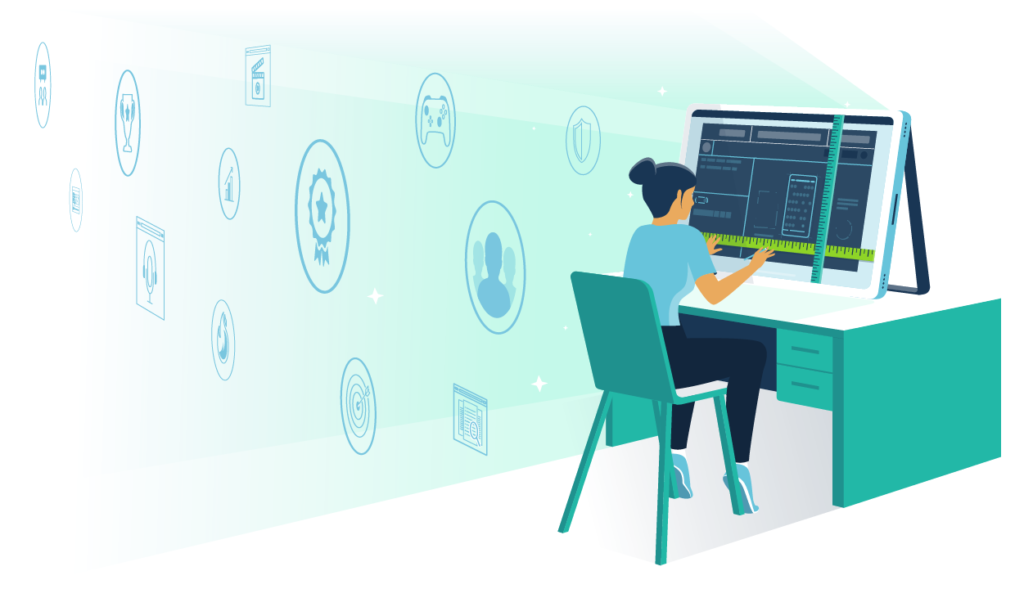
Strong design capabilities: There are a number of paths a user can take depending on their inputs. As a result, you need content in place to cater for every possible pathway. It’s important to ensure that you have instructional designers who can handle the job. And they’ll need the right software too.
Luckily, with Growth Engineering Authoring Tool, this is no problem! You can seamlessly create content for multiple training paths that are chock full of different multimedia and game mechanics to engage your learners.
Accurate outlining of job roles: You need to clearly define the paths that align with certain job roles. These will contain the training that someone in that role needs to know.
However, when you have roles that overlap with others, it means some may be repeating training. Or worse, missing out on content they need to know. Thus, you must take the time to outline what a role entails. After all, this will inform the content that needs to be on certain training paths.
Effective feedback and reinforcement: Did you know that companies that regularly implement employee feedback experience 14.9% lower turnover rates? Feedback is also essential to an employee’s growth and progression in their learning.
You need to provide proper feedback so employees know where their skill gaps lie and can improve. It’s also important to provide feedback promptly and properly.
Some employees will react better to positive reinforcement. This could include gamified features such as a virtual Badge rewarded for completing a course. Others may respond better to negative reinforcement, such as low test scores or feedback from their manager.
Adaptive learning come with a myriad of benefits. Let’s delve further into some of them!
Benefits of Adaptive Learning
Promotes Self-Mastery
Adaptive learning experiences typically empower the learner. It encourages them to reach the correct answers on their own with guidance and support provided through automated pathways.
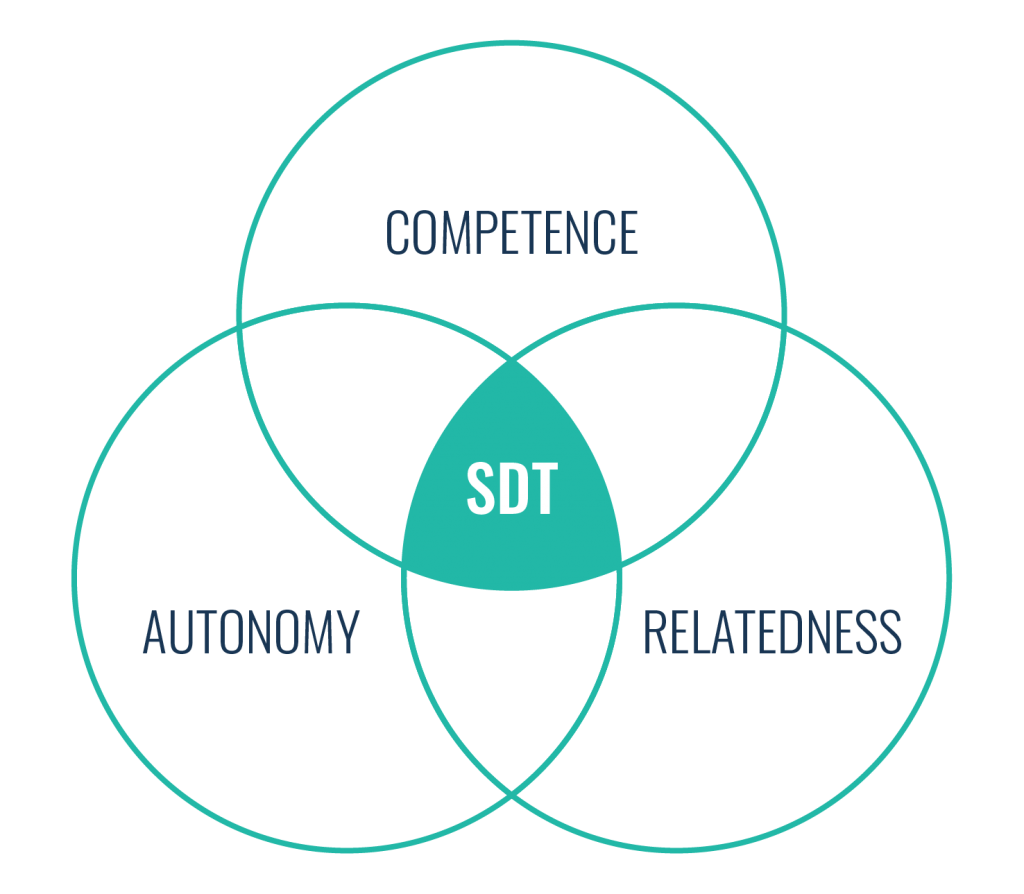
This brings to mind Bandura’s theory of self-efficacy, which focuses on “how well one can execute courses of action required to deal with prospective situations.” In other words, how well a person can resolve an issue themselves.
It also relates to self-determination theory (SDT), which details the three psychological needs a human requires to feel self-motivated. Two of these needs are ‘competence’ and ‘autonomy’. Adaptive learning approaches can support both.
People need to feel like they possess the skills (or competence) required to succeed. Adaptive approaches build competency by serving up only the best and most relevant training interventions at any given time.
Learners also need to feel in control of their decision making (autonomy). Being handed the correct answers would negate both elements of SDT. Adaptive learning guides learners without giving them direct answers. At the most, it provides hints so that learners can complete content by themselves.
More Effective Reporting
With adaptive learning, admins are able to properly track a learner’s journey through their training. For example, they can see where a learner is getting stuck and requesting hints or further support.
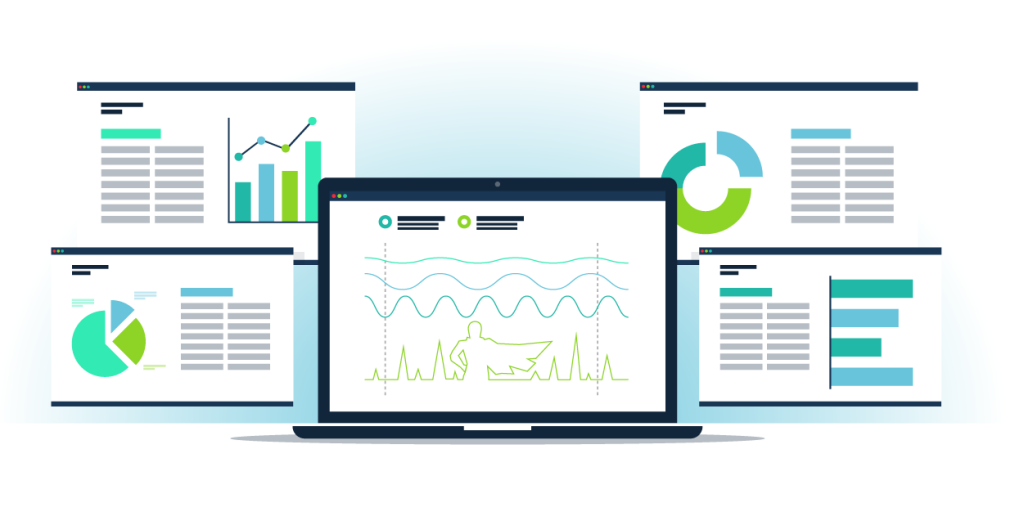
They can then review this training to see if it is fit for purpose or reach out to the individual learner to provide more support.
It’s also helpful for admins to have reporting split into the individual paths you’ve created. This way they get a clear and concise breakdown of what’s working well, who’s actually completing the training content and more!
On Growth Engineering LMS, you have access to a bonafide reporting suite. You’re able to see a wide variety of reports ranging from user and content reports to specific question drill downs.
Increased Motivation and Engagement
Adaptive learning is tailored to each specific learner. Therefore, every time they log onto their learning platform, they’re greeted with a programme that they want to engage with. How could they not when it’s filled with all the things that they like?

Consequently, learner motivation and engagement skyrocket. A survey of L&D professionals at Learning Technologies revealed that 77% see the correlation between personalised learning and increased engagement. Additionally, a whopping 94% of businesses cite personalisation as vital to their success.
More motivated and engaged employees can only benefit your operations. Gallup found that engaged employees are 17% more productive, have 41% less absenteeism and generate 21% greater profitability.
The Future of Adaptive Learning
As exciting as all of this is, the technology used within adaptive learning is still in its infancy (relatively speaking). As computer scientists toil away at their algorithms, artificial intelligence will continue to improve.
To give a sense of scale to the progress in this field, Hanson Robotics is shaking up the world with their incredibly advanced social learning robots. With AI, robots like Sophia are able to communicate with humans and even change their facial expressions!
Adaptive learning systems will continue to get more and more complex. They’ll serve up even more targeted recommendations, better personalised content, alter difficulty on the fly and much, much more.
There’s a lot to look forward to.
Final Words
Machines adding the personal touch into learning — who would’ve thought it?
Adaptive learning is a great way to ensure a return on investment. Learners are more likely to engage with training content and learning platforms, if you tailor the experience for their needs.
Otherwise, it’ll take a lot of incentivising to encourage them to interact with the platform and make sure that it isn’t collecting dust.
However, it’s important to consider that adaptive learning isn’t always the right choice. For example, in compliance or regulatory training, you may need to assign a rigid and structured training pathway.
But for those looking to empower their learners and engage their training audience, an adaptive learning programme could be just what you need.
If you’re looking to put together an adaptive training programme fit for your learners, then you’ve come to the right place. Get in contact with us today for a demo of our new Impact Suite!
Unlimited Learner Engagement on
The Impact Suite
